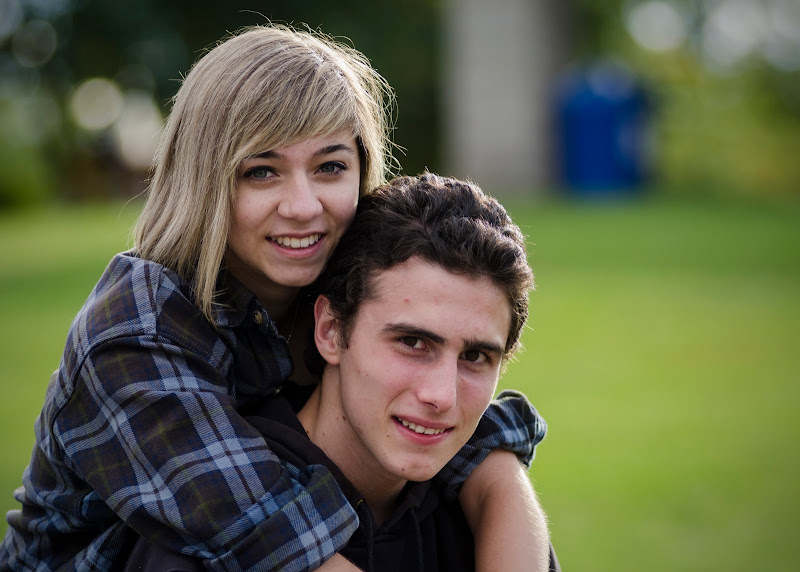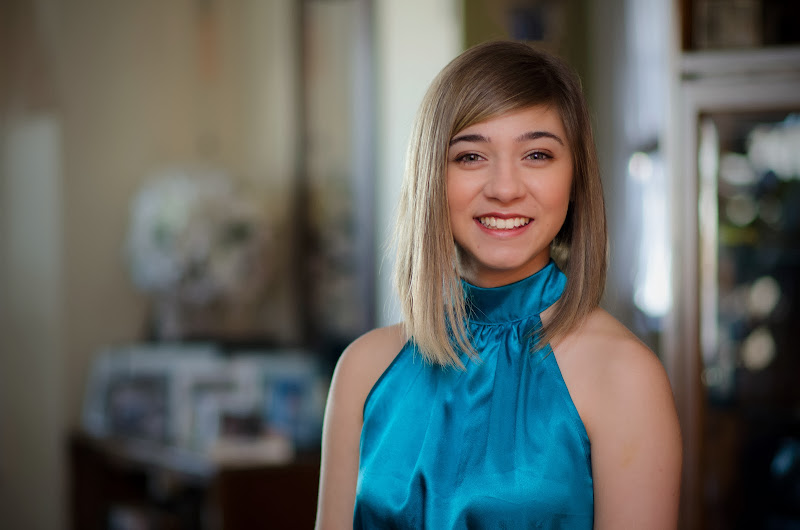I absolutely love my Nikon 85mm 1.8G. In addition to that I also use a variety of other lenses including an 80-200 2.8 zoom lens, and even a couple of old manual focus Nikon lenses from the late 70's-early 80's. None of these lenses have an f/1.4 aperture and many of them only go to 2.8. I can't afford the insane prices that Nikon wants for many of their 1.4 lenses and in my opinion 1.4 is not really a necessity.
I've read numerous posts on this forum and others complaining of overly soft photos when shooting at 1.4 with various lenses. This can happen because when photographing even a single subject (especially close up head and shoulder shots) the depth of field is so shallow at 1.4 that you can have the eyes in sharp focus, but other parts such as the ears will be out of focus. This of course is more pronounced when using a full frame sensor vs a crop sensor, but can still happen in certain instances.
Blurry backgrounds or "Bokeh" can be achieved in various ways other than just using a wide open aperture on a fast lens. Focal length as well as subject to lens distance, and subject to background distance can be used to much greater effect than by just using an extremely fast aperture. While I do use my 1.8 lenses wide open at times, I've discovered that stopping down a stop or two can yield a better result in certain situations.
Here's a shot I took of a young couple using my old Nikon AF 80-200 2.8 push pull zoom lens. Settings were 135mm @ f/2.8. I was about 10 ft from them and the background objects were roughly three times that distance. 2.8 works here to give that creamy blurred background as I'm far enough away from the subjects to have a wider depth of field despite the 2.8 aperture.
Here's a shot I did with my Nikon 85mm 1.8G lens wide open at 1.8. If I had done this same shot with a 1.4 lens wide open because of the distance to the subject, It's likely the edges of her shoulders would have been too soft as well as the edges of her hair.
And lastly this shot shows that even at a small aperture (f/8) that using a long lens (300mm in this shot) can produce a very small depth of field as is shown by how quickly the sharp area falls off in the foreground.
 DSC_4340
DSC_4340 by
Garrett Cross, on Flickr



 DSC_4340
DSC_4340
![[No title]](/data/xfmg/thumbnail/40/40414-0d191cae467ae156374e5d8744c94b85.jpg?1734174875)


![[No title]](/data/xfmg/thumbnail/37/37603-739c5d9b541a083a12f2f30e45ca2b7b.jpg?1734170731)
![[No title]](/data/xfmg/thumbnail/40/40412-73276feced223de99c761fc2cc279db5.jpg?1734174867)



![[No title]](/data/xfmg/thumbnail/41/41898-2c70795ddfa6b397714acc28e3e5d36f.jpg?1734176252)

![[No title]](/data/xfmg/thumbnail/37/37605-90c8efaef5b7d1f52d4bf8e7dfd33673.jpg?1734170732)